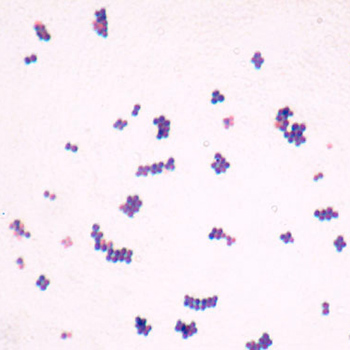Keywords
Staphylococcus aureus, coagulopathy, staphylococcal superantigen-like protein, coagulation factor Xa, disseminated intravascular coagulation
Abstract
Haemostatic abnormalities frequently occur during sepsis and are most often attributed to disseminated intravascular coagulation (DIC). We report the case of a patient with severe coagulopathy acquired during fulminant S. aureus sepsis. DIC was not present. This coagulopathy was most likely caused by S. aureus exotoxins forming inhibitory complexes with coagulation factor Xa.
References

Views: 1976
HTML downloads: 99
PDF downloads: 423
Published:
2018-12-27
Issue:
Vol 5 No 12
(view)










